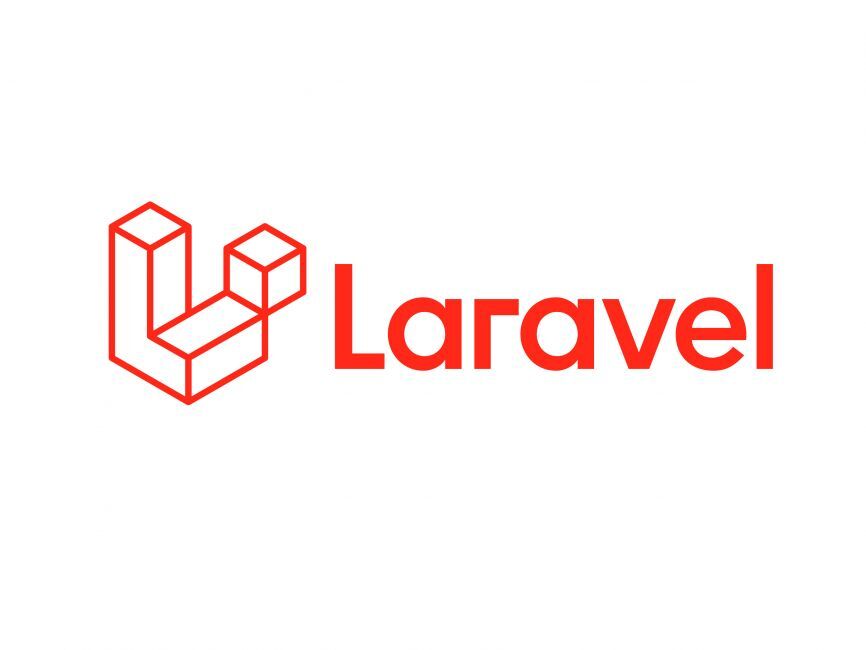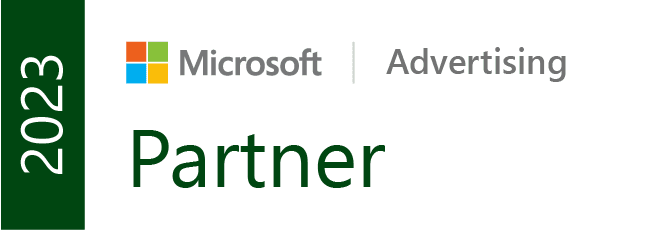For those of you who came to Attention! 2017, you had the privilege of witnessing my first talk at this type of event, so I hope you enjoyed it! Of course, as a PechaKucha style presentation, it was quite fast paced, so as promised here is my write up of the key takeaways from the talk.
Copywriting can be a difficult craft to master, especially when creating copy that you want to rank well in the search engines. It’s a delicate combination of enticing and engaging words that will catch the readers eye with on page optimisation to please the search engines, and it all starts with ‘the idea’.
Brainstorming techniques
I love a good brainstorm (emphasis being on the word ‘good’), but what I really hate is when you get in a room full of people and someone starts throwing buzzwords around as if the word “engaging” actually counts as a relevant idea for a piece of copy! (rant over). So, here are a couple of brainstorming techniques which can help you to come up with some solid ideas for your next piece of copy.
Speedstorm
A Speedstorm is a brainstorming technique we use frequently at Adido to come up with multiple ideas in a short space of time. Here’s how it works:
- Get a minimum of three people in a room (preferably more) with a piece of paper and a pen each.
- Everyone writes down three ideas. After about five minutes you pass your piece of paper to the person on your left.
- You should then read the three ideas written by the other person and use them to inspire three new ideas which you write underneath.
- Continue doing this either for a limited amount of time (30 mins) or until the ideas start to run out.
- By the end of the Speedstorm, you’ll have a huge amount of ideas which you can pick apart together and end up with something that everyone has contributed to.
Image association
At Adido, we use the Image Association brainstorming technique when we really need to think outside the box and come up with an idea which goes beyond the norm. Here’s how to do it:
- Print off a selection of images (minimum of five) which have absolutely nothing to do with your business or brief. You can use websites such as Pixabay or Unsplash to find a random selection of high quality images.
- Get in a room with a minimum of three people and place the images in the centre of the table. Stack the images on top of each other so you can use one at a time.
- Looking at the image, try to draw out key characteristic which can then be turned into an idea.
Using the image below as an example, one characteristic might be that the parent is nurturing the child. Bring this back to your business by thinking about how you can better nurture relationships with your clients.
Or perhaps you would look at the image background – they appear to be in a very green space – is there something more you could do to promote your environmentally friendly processes and how this helps individual people/places?
Maybe you noticed that the statues look tired and worn, so perhaps you need to look back at your existing content and see if there is anything you can repurpose? (you see how the picture just gets the ball rolling, the rest is up to you!)

- Write all of your ideas up on a whiteboard so everyone can see them. Once you have exhausted your ideas on one image, move on to the next.
- By the end of this brainstorm, you will have pushed the boundaries of your normal thinking and will hopefully have come up with some very original ideas!
Skeleton your copy
Great copy takes time, so your first step is to build the skeleton of the article to ensure it has an easy to follow flow. Whilst the example below of a note I put on the toilet doors at work is a bit tongue in cheek, it does follow some basic principles of good copy structure:

- ‘The hook’ – an engaging title which is going to draw the reader in.
- ‘Punchy opening line’ – get right to the heart of the issue and stun the reader with a strong quote, dazzling statistic or intriguing question.
- ‘Easy to follow structure’ – take the time to think about the most effective layout for this content. Think of it as a step by step; what background details do you need to give first? What points do you want to make? Separate each point out with its own header to break up the copy.
- ‘Solid conclusion’ - don’t leave the reader feeling disappointed or deflated; you need to conclude this piece and summarise the key takeaways. Unless, of course, you will be writing a follow up piece, in which case a cliff-hanger is ideal!
- ‘Images’ - Source relevant imagery to back up your writing.
- ‘Placement’ - Find appropriate placement for the piece – is it for the blog or news section? Does it need a standalone, evergreen page on the site? Are there any publications your audience follow which you could try and get the piece published? You can find out more about getting appropriate placements for your content here.
Once you have a skeleton of your copy, you can start building the piece out following the flow and structure you have already prepared. This makes it much easier to guarantee you don’t go off on a tangent or lose the reader throughout your piece.
Optimising your copy for the search engines
Now that the copy is written for the human reader, it’s time to start thinking about how you can optimise it for the search engines. In my talk, the example of a piece of copy I optimised with good results was my ‘Is Facebook Listening To Me?’ blog. This blog is currently ranking position 3 for the keyword ‘is facebook listening to me’ despite there being a plethora of other articles on the subject. It also brings more Organic traffic to the Adido website than any other page, excluding the home page and has the highest average time spent on the page, bringing our overall on-site engagement levels up. Not only that, but it started a conversation on social media, and it’s always good to have people talking about your copy! So, what did I do?
Meta tags
The first thing you want to optimise is the appropriate meta tags. These will include the following:
- Meta title – this will be how the title of your piece appears in the search engine results pages
- Meta description – this will be how the summary of your piece appears in the search engines
- Header tags – including H1, H2 and H3 tags. This will be one of the first places Google looks to establish what this piece of content is about.
Ask your developer to include these meta tags as part of your CMS template. Alternatively, you can add header tags in the HTML in the following format:
<h1>Your Title Here</h1>
<h2>Your Subtitle Here</h2>
<h3>Your Smaller Titles Here</h3>
Keyword optimisation
Start by completing keyword research, you can use Google’s keyword planner, Google’s suggestions on the search engine results pages for terms related to your copy, or a wide variety of other tools. Once you find the most relevant search terms with a high volume of search (and preferably a low level of competition), you can start adding these to the copy. You should try to include keywords in all of the following places:
- The URL of the page
- The meta title
- The meta description
- The header tags
- The body of the text (sparingly)
- The alt tag of your images
The thing to remember is that you don’t want to overdo it with keywords. Keyword stuffing will not only ruin the flow of the piece but will raise a big red flag for the search engines. So yes, include keywords, but try to fit them in as naturally as possibly. Also, don’t just think about the keyword, but key language too. Have a look at how other experts are writing about your subject matter and try to incorporate their language into your writing.
Image optimisation
As I said before, good copy is always backed up by relevant imagery, but those images can also be optimised for the search engines. One of the most important things to include is a keyword optimised Alt Tag, which you can include in the HTML of the image if your CMS does not have an Alt Tag template. Below shows you how to structure the alt tag on your image in HTML.

If the keyword you are targeting isn’t specifically related to the image, you can still use it but perhaps add a more relevant image title tag.
It’s not all about the description of the image though, you also want to keep your image sizes to a minimum which will help to increase your page speed. You can use websites such as www.tinypng.com to shrink your images before you upload them.
Linking
The next item on the optimisation agenda is linking. Take a look at your piece and decide whether there are any opportunities to link internally to other pages on your website. Perhaps you have another blog related to the subject, or a service page. If you’re struggling to find any internal linking opportunities, it’s always good to add in a ‘contact us for more information’ link to your contact page or social media channels to keep the user on their journey.
It’s not all about internal linking though, and you shouldn’t be afraid to link to external websites if they match the following criteria:
- They are a high quality, authoritative site
- They are relevant to the piece you are writing about
- They are not a direct competitor!
Google likes it when your copy in genuinely trying to help the reader, so external links are the ultimate selfless act in order to ensure the reader has as positive an experience as possible. If you aren’t keen on sending users away from your website, have the link pop up in a new tab to ensure the user can simply click back onto your tabbed website afterwards.
Spelling and grammar
This may seem obvious, but you wouldn’t believe the amount of copy I’ve read which has glaring spelling and grammar mistakes throughout the piece. Not only does this make the reader completely lose trust in the piece, Google also frowns upon it and studies have suggested that spelling and grammar do contribute to rankings; so, make sure you get it right, spell check and get someone to proof read before you publish!
With all of these optimisation points in place, you stand a better chance of ranking well for your piece of copy. Of course, your websites optimisation as a whole, including all of the technical elements and overall authority, need to be on point in order to see the best results.
If you want to chat about anything I have spoken about, feel free to contact us at any time, or head over to our Facebook, Twitter or LinkedIn pages to stay up to date with us!





